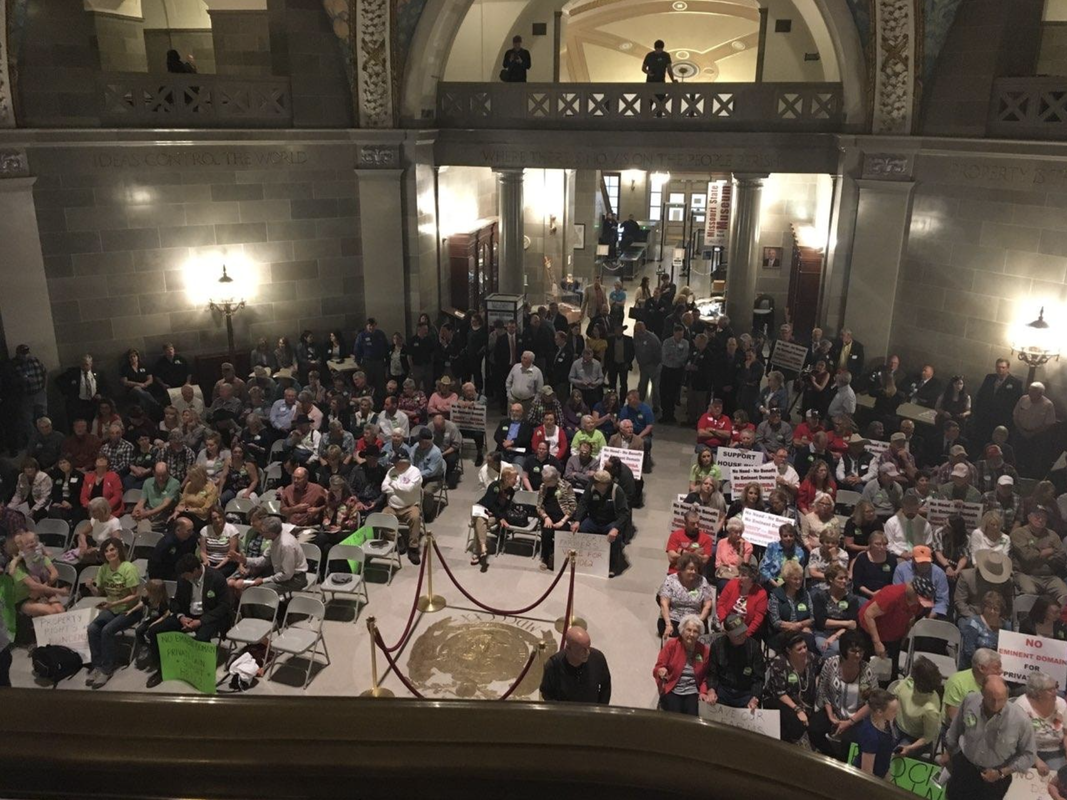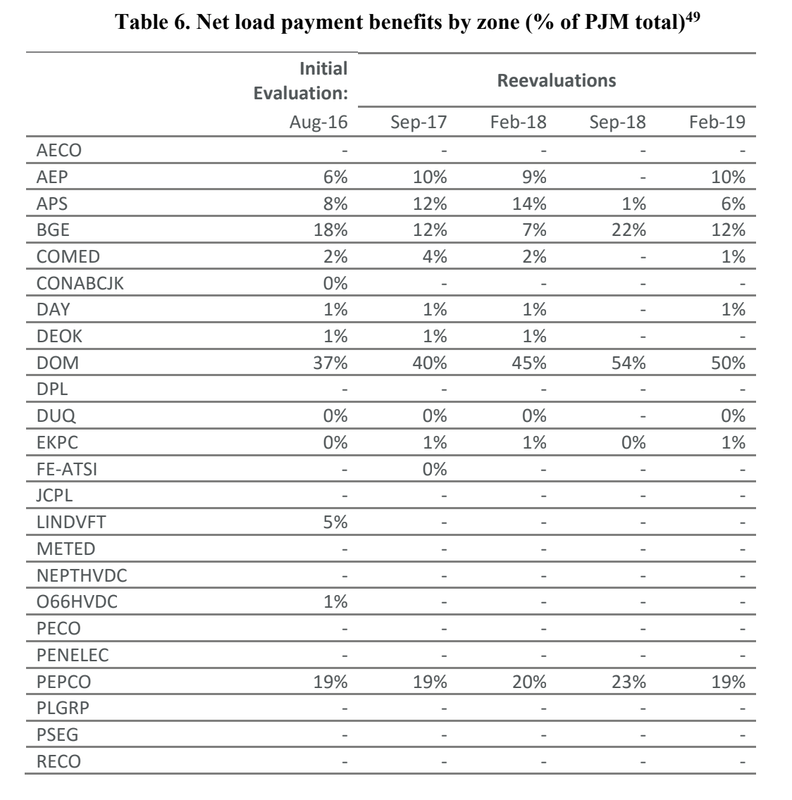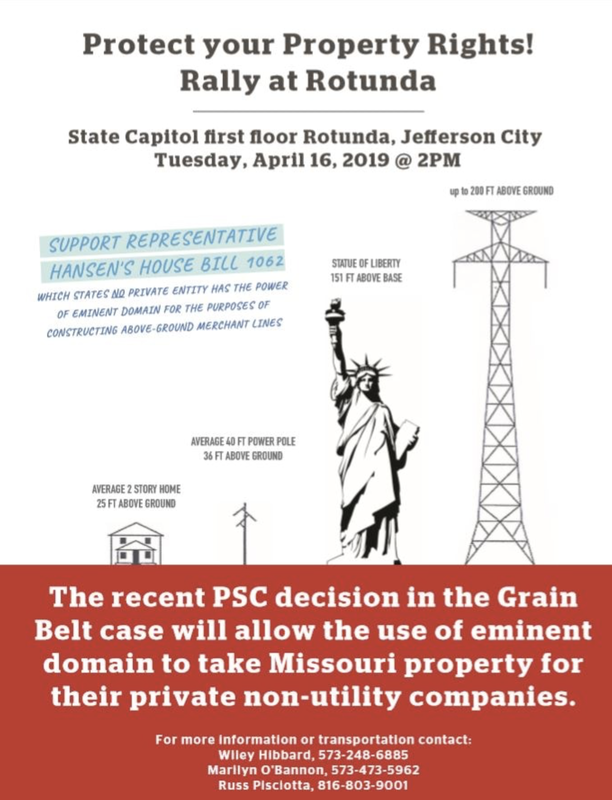New transmission costs more, increasing the dollar value of incentives and allowing large investments that pay very lucrative returns. However, new transmission on new rights of way is inarguably the hardest kind of transmission to build. No matter where, or how it is proposed, opposition inevitably develops. This increases transmission owner risk and raises the cost of the project significantly due to delays and large sums of money spent trying to neutralize, or merely run over, opposition. It's like banging your head on a brick wall. But FERC has rewarded this behavior with high returns and guaranteed cost recovery (even when the project ultimately fails). There's simply nothing to lose for transmission owners, who profit even in failure. Has FERC been encouraging the right kind of transmission? Does FERC's incentives policy align with Sec. 219?
The next section of FERC's Incentives inquiry we're going to look at deals with possible incentives for existing transmission (finally!). However, it's not clear that FERC's interpretation of this goal aligns with Sec. 219, which deals with existing transmission in two separate and different ways.
The first requirement:
The rule shall--
(1)
promote reliable and economically efficient transmission and generation of electricity by promoting capital investment in the enlargement, improvement, maintenance, and operation of all facilities for the transmission of electric energy in interstate commerce, regardless of the ownership of the facilities;
(3)
encourage deployment of transmission technologies and other measures to increase the capacity and efficiency of existing transmission facilities and improve the operation of the facilities
Section 219(b)(3) directs the Commission to encourage investments in technologies and other measures that increase the capacity and efficiency of existing transmission facilities and improve the operation of those facilities. Such investments could include advanced management software or application of technologies, such as energy storage, in order to improve utilization of existing transmission system assets.
Q 37) How should the Commission incentivize the deployment of technologies and other measures to enhance the capacity, efficiency, and operation of the transmission grid? How can the Commission identify and quantify how a technology or other measure contributes to those goals? Please provide examples.
Q 38) Can the Commission distinguish between incremental improvements that merit an incentive and those maintenance- related expenses that a transmission owner would make in its ordinary course of business?
Q 39) How should a transmission owner seeking this type of incentive demonstrate increases or improvements in the capabilities or operations of existing transmission facilities?
Q 40) Should the Commission provide a stand-alone, transmission technology-related incentive? If the Commission provides a stand- alone transmission technology-related incentive, what criteria should be employed for a technology to be considered as meriting an incentive? Should the Commission periodically revisit the definition of an eligible technology?
Q 41) Certain utility costs, such as those associated with grid management technology, including dynamic line rating technology, are typically recovered through operations and maintenance expenses within cost-of service rates. For such costs, should the Commission, instead, consider inclusion of these expenses in rate base as a regulatory asset? If so, what costs should be eligible for such treatment and over what period should they be amortized?
Q 42) Are there ways the Commission could incentivize RTOs/ISOs to adopt better grid management technologies and/or other technologies to improve the efficiency of individual transmission assets to promote efficient use of the transmission system and improved market performance?
Q 43) Should the Commission interpret section 219(b)(3) to encourage improvements that are not historically considered part of the transmission system, such as, for example, software upgrades, technologies that allow for faster ramping, or other innovative measures that achieve the same goals as new transmission facilities? What types of incentives could increase the adoption of these technologies? Are there forms of performance-based ratemaking with respect to transmission that the Commission should explore? If so, describe such alternative ratemaking structures.
And as far as moving approved technology improvements from O&M to rate base goes, here's the reward: O&M is reimbursed dollar for dollar. Rate base is amortized (paid for) over the asset's useful life, and earns a return on the carried over balance every year. Would you be willing to pay a little more for technology that improves existing facilities? How about if improving the existing facilities prevented the building of new transmission? Perhaps that should be a requirement, proven with actual numbers.
From there, FERC launches into a discussion of some really bad ideas that have absolutely no foundation in Sec. 219. I'll cover that in another post.



 RSS Feed
RSS Feed